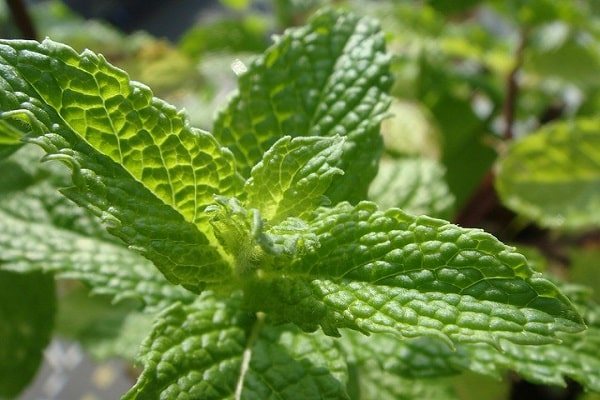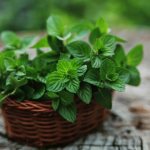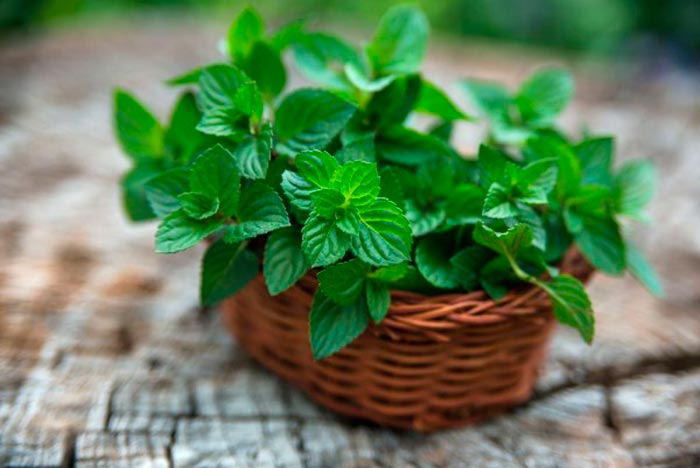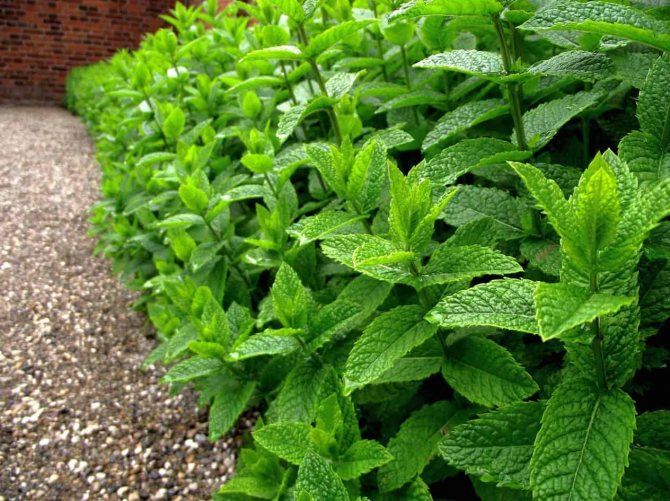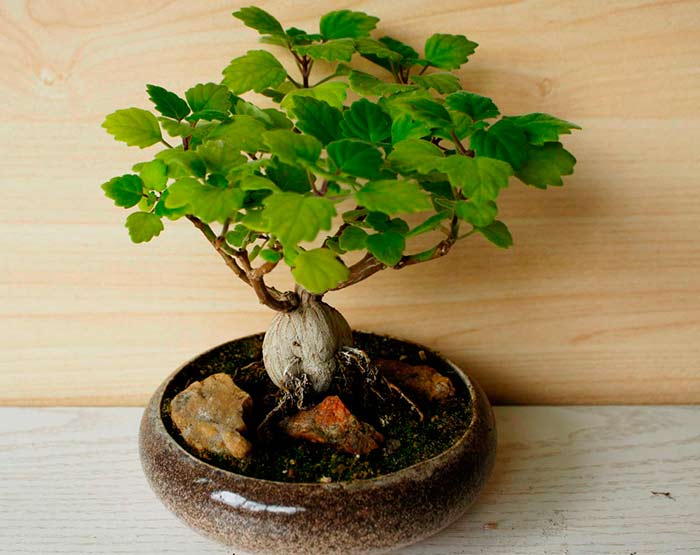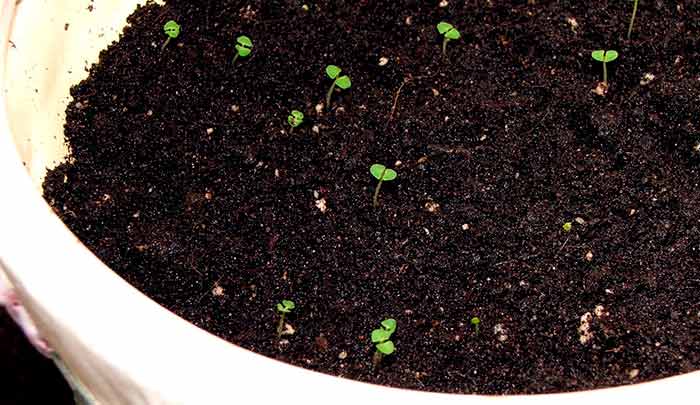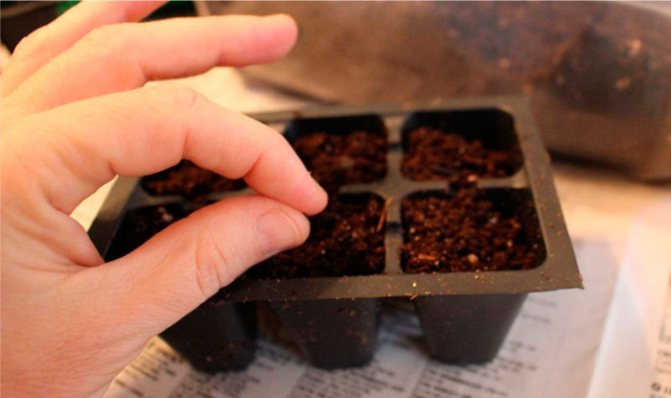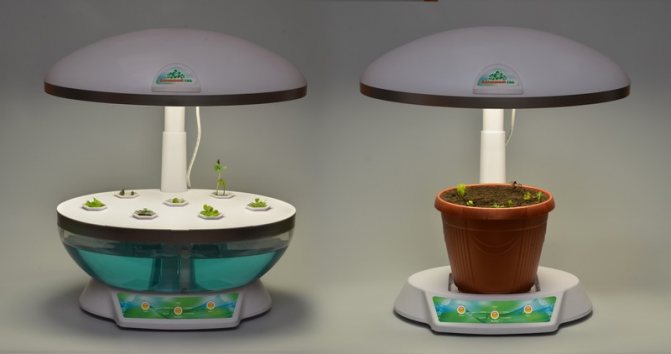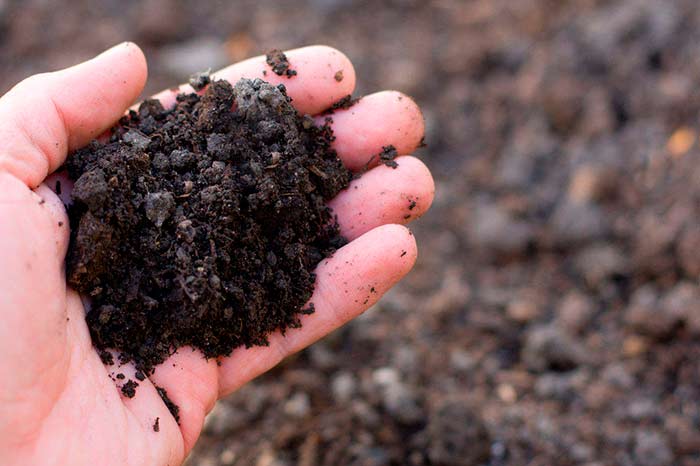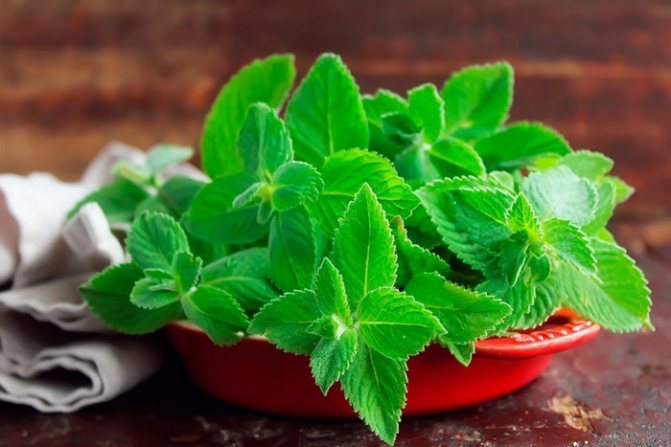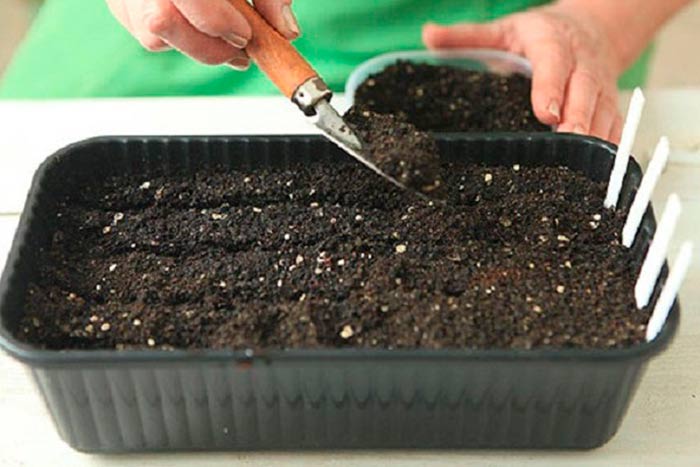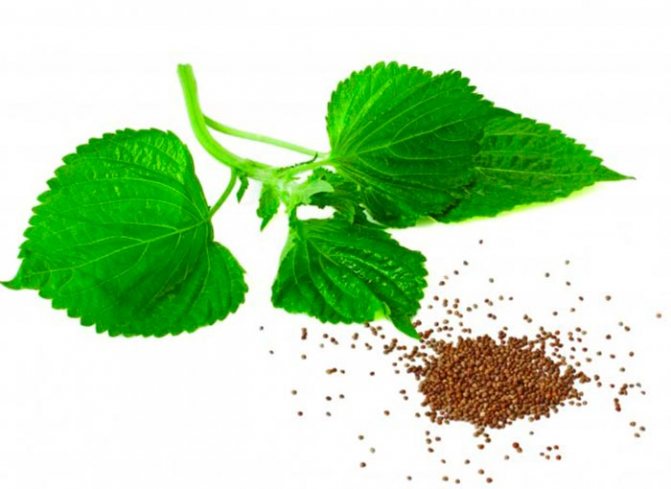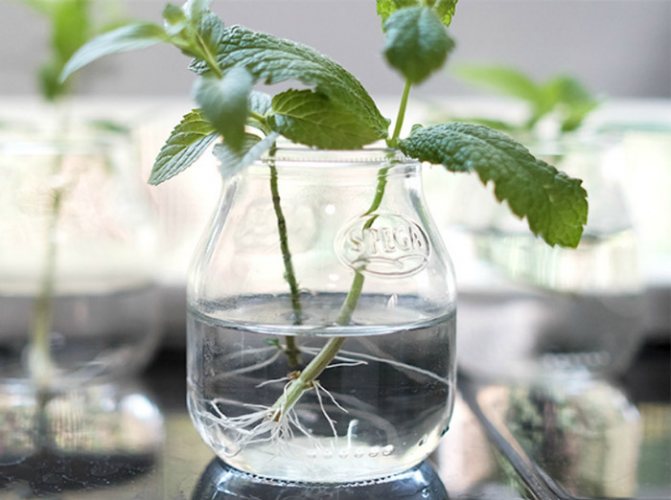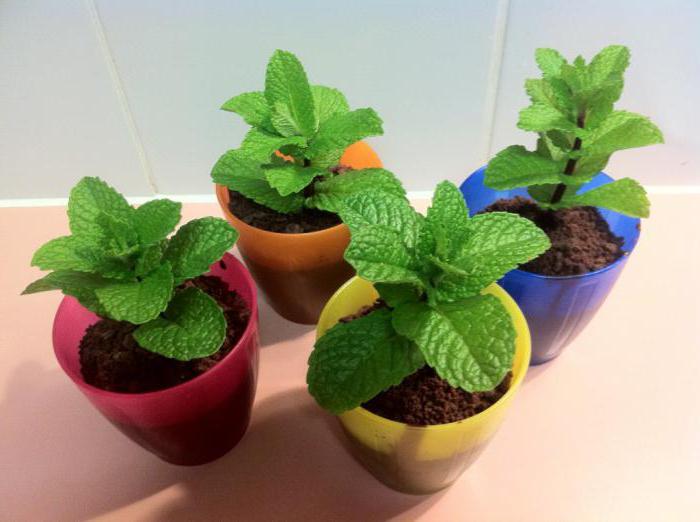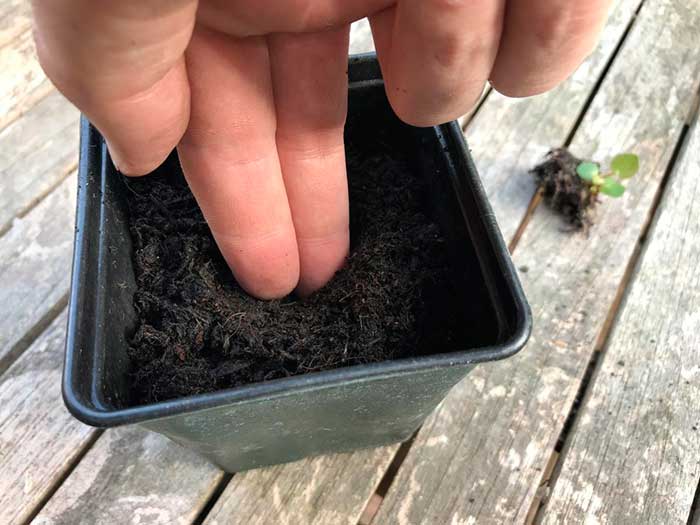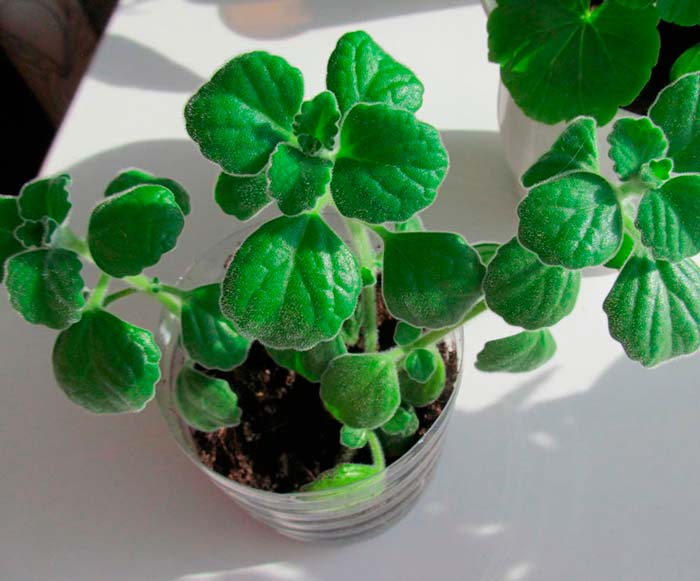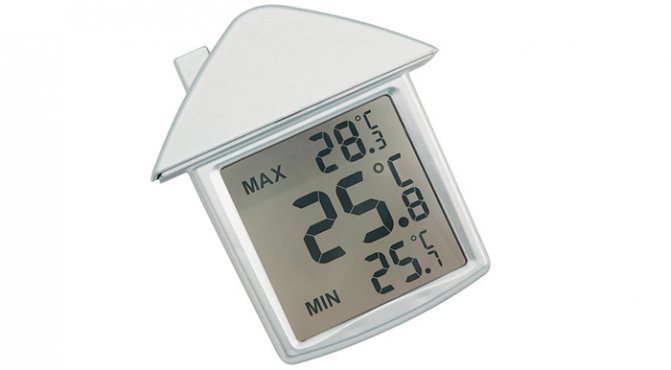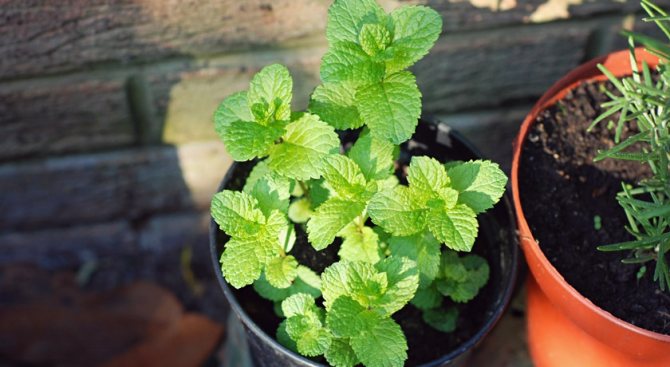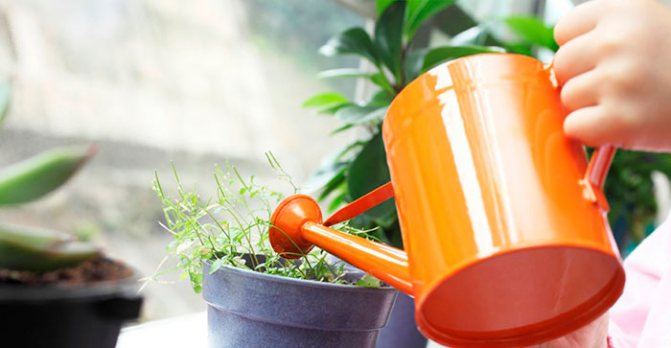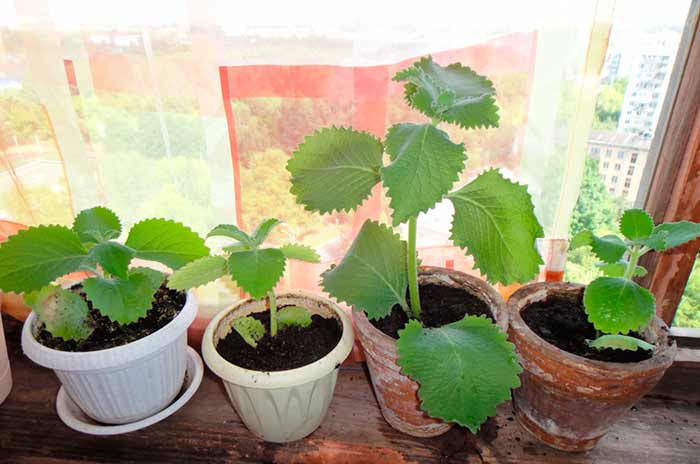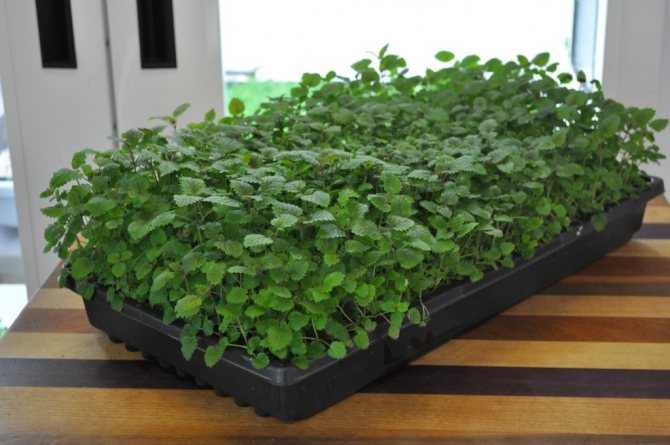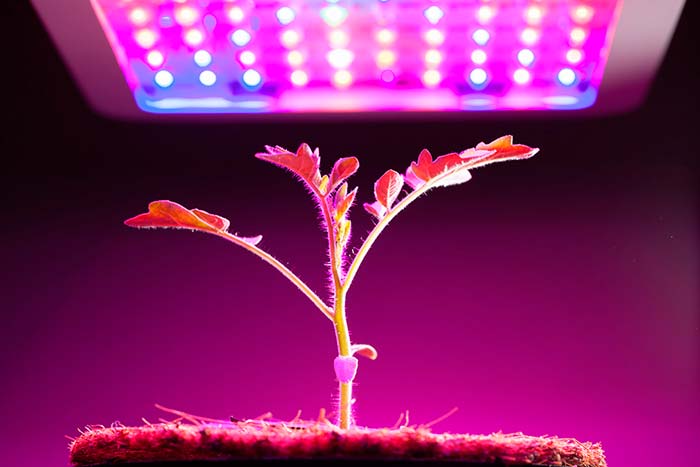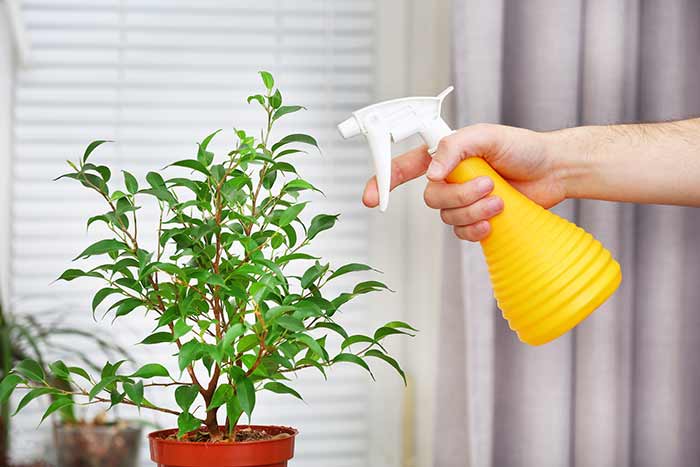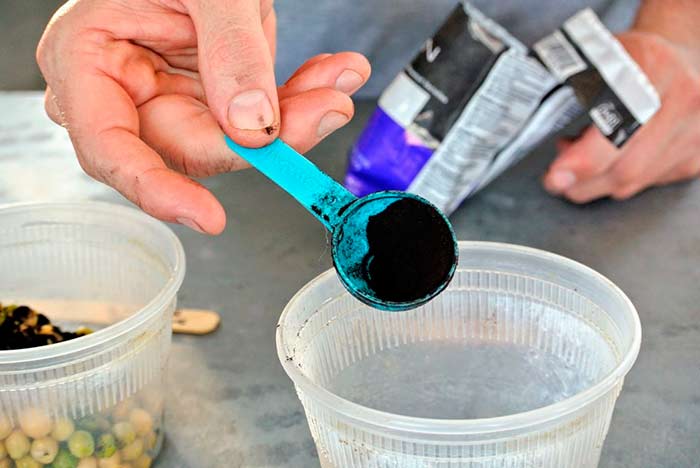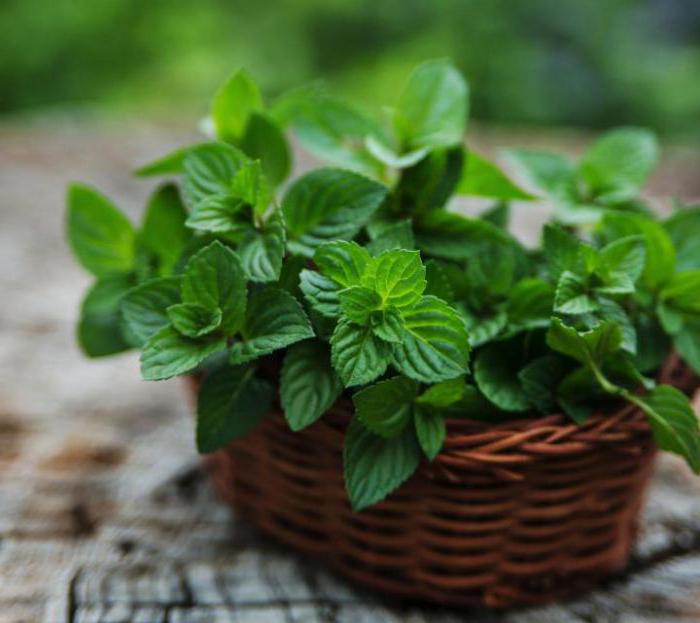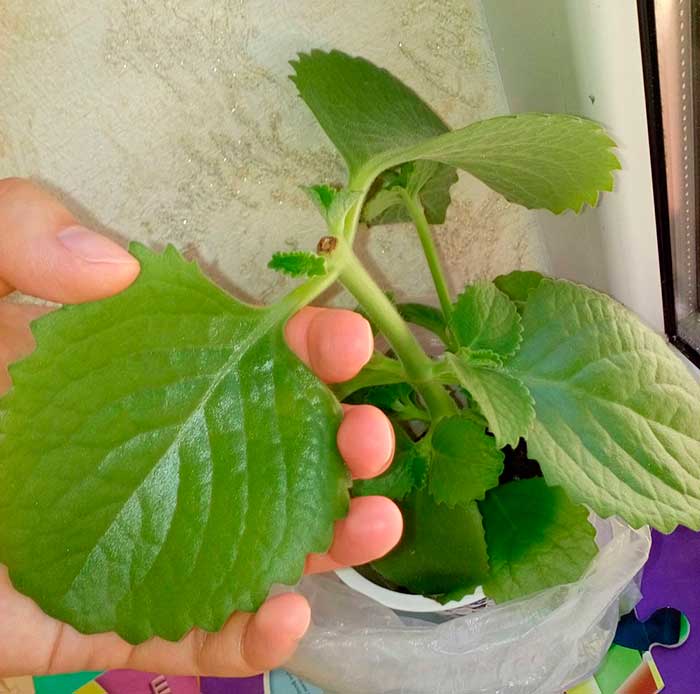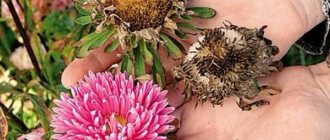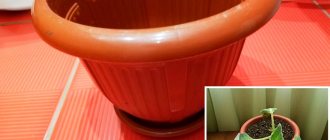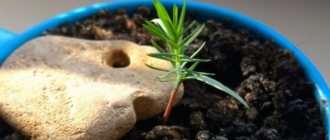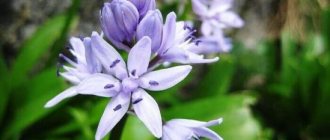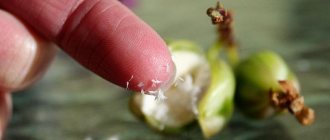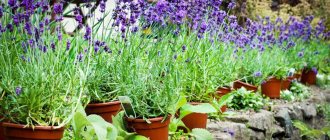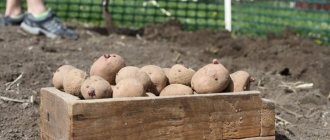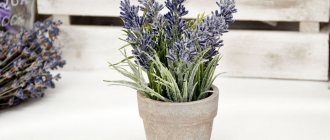Mint is a popular herb with a refreshing taste and aroma that is brewed as a tea or added to desserts. Most often, mint is bred in the garden area, allowing you to collect leaves during the entire warm period. If you want to drink a refreshing mint drink in winter, you can brew dried leaves or plant mint on the windowsill as a houseplant. How to grow mint at home on a windowsill, the article below will tell.
Home cultivars
Mint does not require special conditions for normal growth, so almost all varieties can be grown at home on a windowsill. The most popular are:
- Pearls differ from other varieties with wrinkled dark green leaves and rich spicy aroma.
- Fun is used to prepare savory dishes, giving them a light refreshing, menthol flavor, which is why it is often called vegetable mint.
- Strawberry mint has a pronounced strawberry-mint aroma, in which notes of chocolate sometimes slip. Ideal for sweet lovers as a tonic tea and flavoring desserts.
- Lemongrass or lemon balm has a characteristic citrus-mint aroma. It is considered the most susceptible to fungal infections, wasting away in excessively moist soil.
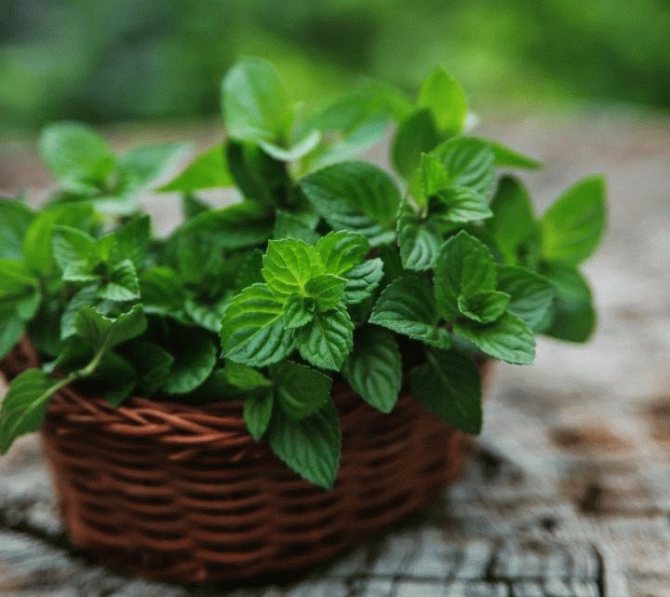
Growing mint at home
- Plectranus, another name for room mint, which has a spicy aroma that repels room moths. With the help of decoctions from this variety, they get rid of respiratory diseases.
- Flea mint looks like a miniature bush that prefers warmth and sun. The leaves of the plant are used as a seasoning for cooking. Light refreshing aroma repels various insects during the warm season.
- Kuban is one of the varieties of peppermint with a rich, harsh aroma due to the large amount of essential oils in the foliage.
How to plant mint at home
Basil - growing from seeds at home on a windowsill
To plant mint in a pot, 2 methods are used: sowing by seeds and cuttings. The second method will allow you to get an adult plant in a shorter time compared to sowing seeds, but if you start planting seeds in advance, you can get the first harvest in the required time frame.
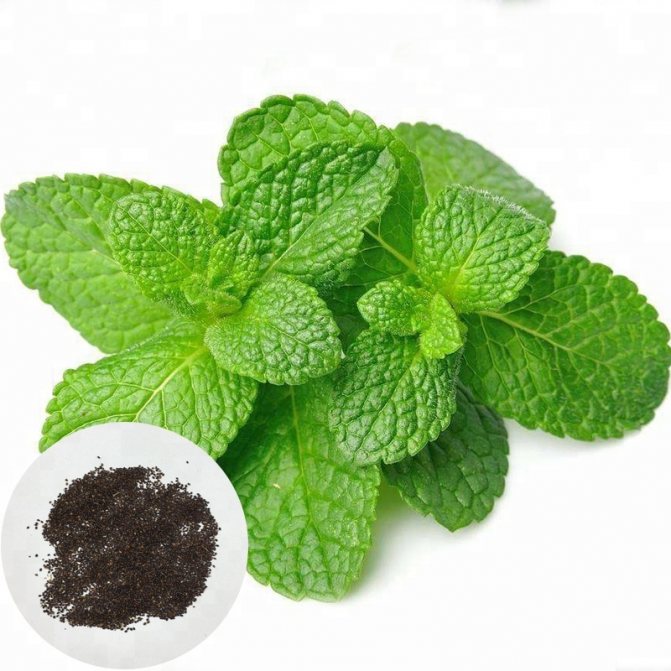

Mint seeds for planting
If mint is already growing on the territory of the garden plot, then in the fall you can dig out a bush and transplant it into a container of a suitable size. Before planting in a pot, it is recommended to thoroughly clean and rinse the roots from the ground. In the same way, an adult plant can multiply; you just need to divide the root system into several parts.
Summary
- Mint can be grown from seeds and cuttings, but the easiest way is to get it ready-made and let it grow.
- The plant is quite unpretentious, feels great in universal soil and can grow in both plastic and ceramic pots.
- Mint is photophilous, and when there is a lack of light, it needs additional lighting.
- The plant needs regular watering as the soil dries up.
- Pests and diseases practically do not affect mint, especially if you care for it correctly.
When using materials, a link to the source is required.
The soil
It is recommended to grow spicy grass in loose humus or peaty soil with an average acidity level (no more than 5-6 pH).
How to grow rosemary from seeds at home
A soil mixture with such parameters is purchased in a specialized department or made by yourself in the following proportions:
- Garden soil, rotted humus, coarse sand and peat are mixed in equal parts.
- Less nutritious, suitable in composition is a mixture of 2 parts of garden soil and 1 part of peat.
The soil mixture is poured into a wide, at least 20 cm in diameter, shallow container, since the spice grows in width during normal development, deepening the roots far into the ground.
Important! To maintain an optimal level of humidity, the bottom of the tank should be equipped with holes for draining excess water, or a drainage layer of fine pebbles or expanded clay should be poured.
Place and conditions for growing
How to grow lemon eucalyptus at home
Before growing mint, you need to decide on a place. Mint is a light-loving plant, so a windowsill in the southern part of the house, including the southwest and southeast, would be an ideal place to grow. Without enough sunlight, mint is strongly stretched, the foliage becomes smaller and loses its brightness.
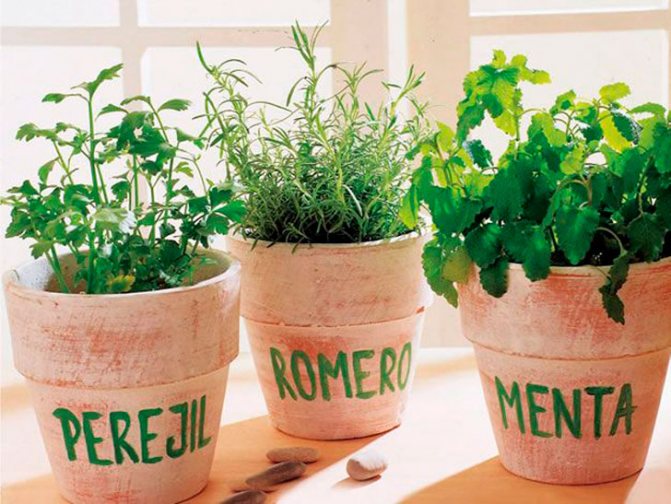

The main conditions for growing in a pot are heat and sunlight.
Despite the love of light, the leaves can suffer from direct midday sunlight. To reduce the risk of sunburn, it is recommended to move the bushes to other windowsills, for example, in the eastern or western part of the house, or shade, covering the glass with fabric curtains and covering the plant with a plastic bucket.
Throughout the year, it is recommended to maintain the duration of daylight hours for 12-16 hours, using one or more phytolamps. Artificial lighting is especially important in the autumn-spring period, which is characterized by short daylight hours.
Important! The optimum temperature in a room with sufficient lighting varies between 20-25 ° C.
If for some reason it is not possible to extend the daylight hours with the help of artificial lighting, it is recommended to lower the air temperature in the apartment to 15-18 ° C, which will prevent the plant from pulling the stems and shrinking the foliage.
Conditions for successful growth
Since mint is a perennial plant, you should decide in advance on a place for planting, clarify the composition of the soil required for it, lighting, humidity.
The best choice for planting is after growing legumes and root vegetables. Areas after buckwheat or melon are also quite suitable - crops after which the soil is saturated with calcium, which is necessary for the successful development and growth of mint.
But in no case should mint coexist with plants that are supposed to be treated with pesticides. The ingress of poisons on mint leaves makes it dangerous to eat.
Lighting
Warm, sunny places are what you need for successful mint growth. In addition, the scorching midday rays should not annoy this plant. The plant also does not like the drying out of the soil.
But even if the sun's rays are not too much, mint can still develop normally, unless it is too damp.
The soil
For successful growth, mint needs light, loose soil with a good fertile layer. It will grow well on sandy loam and loamy soils. But swampy soils are not suitable for her at all.
From drying out of the soil, mulching must be carried out. Once or twice a month, you can fertilize with organic matter, nitrogen and phosphorus fertilizers.
Twice a year, it is necessary to loosen the soil, remove weeds on the site so that they do not damage the root system of the plant.
Growing mint, video:
Mint on the windowsill: growing from seed
The seeds are purchased from a specialized department or harvested by hand.
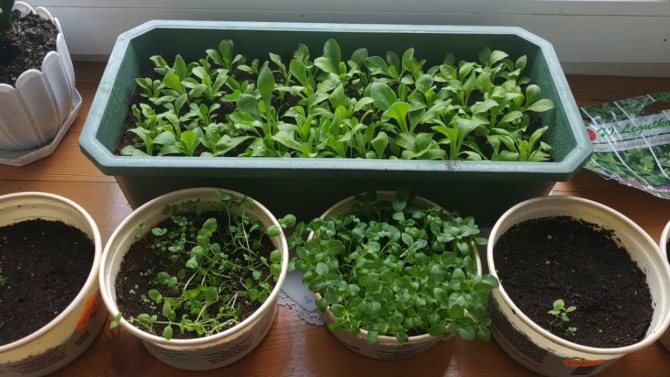

Mint seedlings on the windowsill
2-4 days before sowing, it is recommended to germinate the seeds in a damp cloth or bandage. To maintain the level of temperature and heat during germination, it is convenient to place the soaked seeds in a tightly closed container, for example, a glass jar with a lid.
Note! Seeds harvested from a cultivated plant are more germinating than seeds from a wild plant. When buying seeds, you should familiarize yourself with the shelf life.
To harvest the first crop in the first weeks of summer, you need to plant seeds in March - early April. Sprouted seeds are carefully placed on the surface of a moistened soil mixture, sprayed with water and covered with a thin layer of soil.
Before planting, the container and soil must be disinfected with a disinfectant solution, calcined in the oven or steamed in order to avoid contamination of future seedlings with various infections.
The container with crops is covered with a glass lid of a suitable size or cling film to maintain the required temperature. The covered container is removed to a warm, bright place.
The crops are ventilated daily for 10-20 minutes. After about 8-20 days, the first shoots appear, after which the cover can be removed and the young plants can be transplanted into new containers.
Important! In order to prevent the young mint from falling in the pot, it is tied to supports when it reaches 5-8 cm in height.
Planting dates for mint
Mint is a frost-resistant plant. It is allowed to plant in early spring and even late autumn. The main thing is that each season requires a specific planting method:
- The plant should be planted with seeds in early spring. Over the summer, it takes root and endures bad weather.
- In the summer they are planted with cuttings.
- Autumn transplantation is carried out only by cuttings. To prepare the plant for winter, the soil is mulched. Sawdust or peat are suitable as mulch. The layer should be thick, at least 15 centimeters.
The latest way that a plant can be propagated is by dividing the bush. Planting is possible even a few days before the onset of frost.
How to grow mint from cuttings at home
As a cutting, 10-centimeter sprigs of mint are suitable, cut at an angle of 45 degrees, from which the lower leaves must be removed.
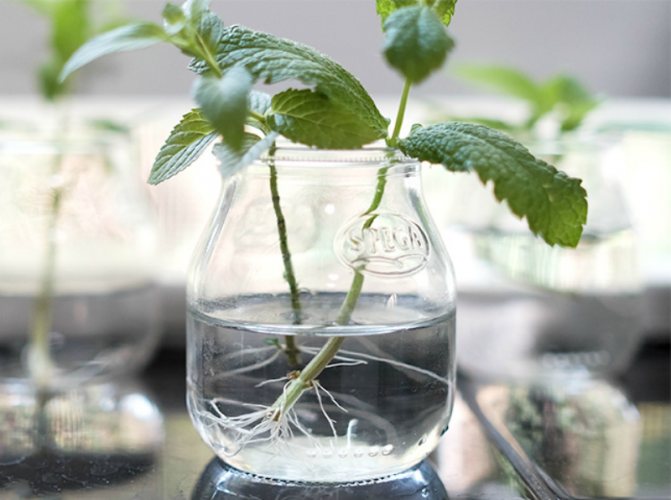

Propagation of mint by cuttings
The cuttings are dipped in a glass of water for 3-8 days until the roots appear, after which they are planted in the prepared soil. To create greenhouse conditions, the cuttings are placed under a glass or plastic cover.
For purchased seed, before rooting, it is recommended to update the sections and only then place it in water. To accelerate the germination of roots, a drug that stimulates root formation can be added to the water.
Interesting! Some gardeners do not consider it necessary to root the cuttings in water, immediately placing the cuttings in the soil.
How to choose quality planting material
Further yield depends on the quality of the planting material. The stage of choosing cuttings and seeds should be given as much attention as possible.
See also
Description of the English mint variety, features of cultivation and careRead
Selection of seeds for planting
Seeds for planting mint are preferable to buy in garden stores. Collecting seeds from a mother plant is a painstaking and thankless task. It will not work to grow high-quality plants from such material. Most of the seeds will fail. And the one that rises, according to its characteristics, will be far from the mother plant.
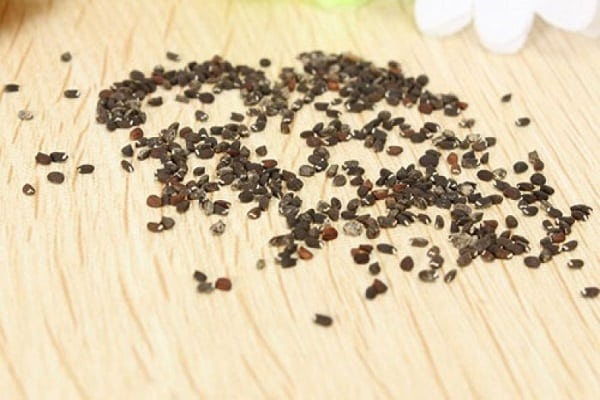

How to choose mint seedlings
The most effective way of planting a plant is seedling. Mint seedlings can be purchased at the store or by digging up a portion from the mother plant. In both cases, the bushes will take root.You can also grow mint if you cut off the stem from the mother plant at a height of 1 cm from the rhizome. The stem must be placed in water. After a few days, he will give white roots. After that, the cutting is planted in the soil.
When choosing seedlings of a culture, you need to pay attention to its appearance. There should be no shriveled, withered and diseased leaves. The stem is firm and resilient. Such seedlings are suitable for further cultivation. In height, the sprouts should not exceed 6-8 cm. If they are too long, it will be difficult for the seedlings to take root. Purchased seedlings are planted in the soil together with the soil from which the sprouts were sold.
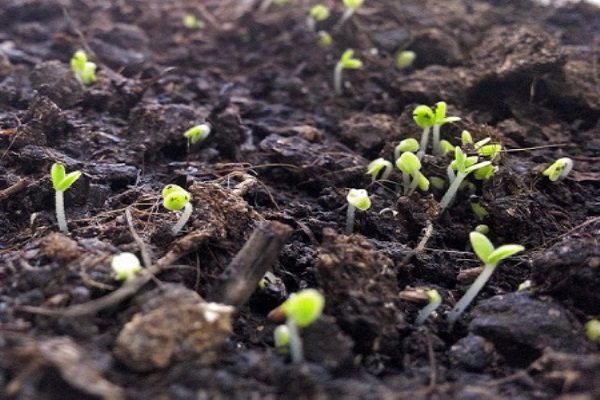

How to care after landing
Mint is a heat-loving plant; to maintain normal growth and development, it is rearranged, if necessary, from one place to another in order to maintain a temperature of 20-26 ° C. Moving the mint in the pot at home helps to protect the delicate leaves from the sunburn of the midday sun.
During the summer months, the pot of mint is kept on the balcony or covered veranda. In the heat, a container with water is installed near the plant, the evaporation of which allows maintaining the required level of air humidity.
In the winter months, it is better to remove mint from the windowsills, since low temperatures will penetrate through the window, which will have a detrimental effect on the plant. The optimum temperature during the cold season is 17-20 ° C.
Watering
Mint on the windowsill prefers regularly moist soil, which should not be overdried and poured over.
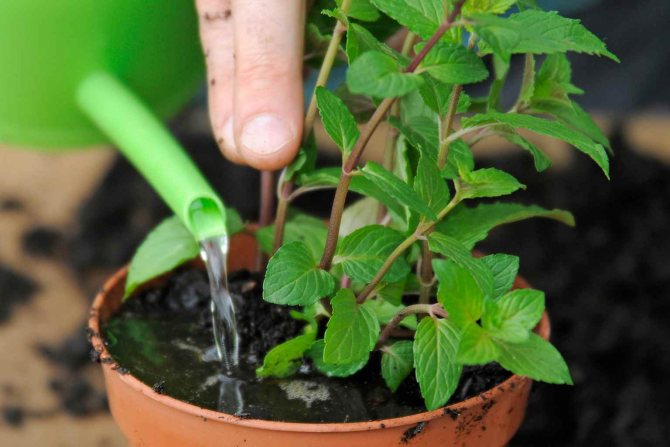

How to water indoor spice
Watering rules:
- In the warm season, the plant is watered with a small amount of water every 2-3 days after the top layer of the soil has completely dried. Excess moisture flows into the pan, from which it must be drained to prevent the development of putrefactive processes in the roots.
- During the heating season, the frequency of watering is reduced to 1 time in 7 days at an air temperature within the normal range (17-23 ° C).
- Regular spraying is recommended to remove dust particles from foliage.
- Water for irrigation and spraying should be settled for 3-4 days, at room temperature.
General rules for caring for mint
Mint is considered one of the most unpretentious garden plants. In addition to regular watering and removal of weeds, often other procedures for the care of the bushes are not required. It is also important to ensure that the plantings do not overgrow.
In the spring, the mint needs to be cut at the root. After that, it will grow better, and the branches will be more lush. The culture does not survive severe frosts, so for the winter it needs to be covered with spruce branches or covered with soil.
If necessary, plantings are fed. But in most cases, mint grows well without top dressing. Once every 3-4 years, the beds are thinned out and transplanted to a new place.
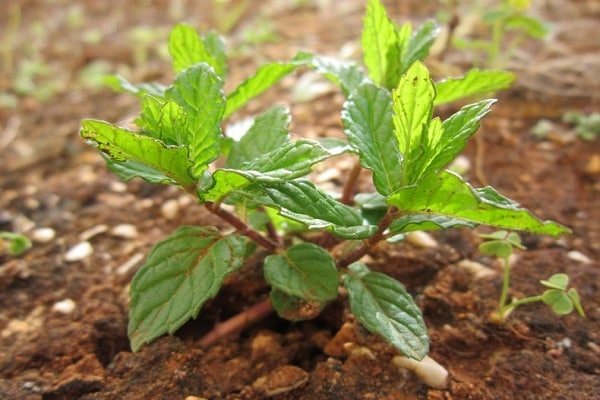

Top dressing
To maintain the level of useful microelements in the leaves, fertilize mint once at home in the summer with an aqueous solution of urea (1 g of fertilizer per 1 liter of water).
During the period of leaflet formation in young plants, moderate fertilizing with mineral fertilizers is allowed, the dosage of which, indicated on the package, decreases several times. Fertilizing plants in winter is highly discouraged.
Important! Excess fertilization provokes a decrease in the beneficial and taste qualities of mint.
Description of the plant
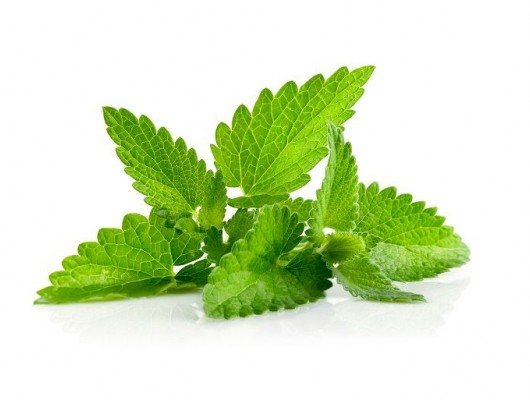

Peppermint is a fragrant plant, its essential oil is used in perfumery, medicine and cosmetology. It represents bushes 35–110 cm high. Raw mint contains a lot of menthol, carotene, tannins and resinous substances, glucose, saponins and several types of natural acids (coffee, ascorbic, chlorogenic, oleanolic and ursolic).
Harvesting
Depending on the planting method, the cultivation of mint takes place within 30-90 days.
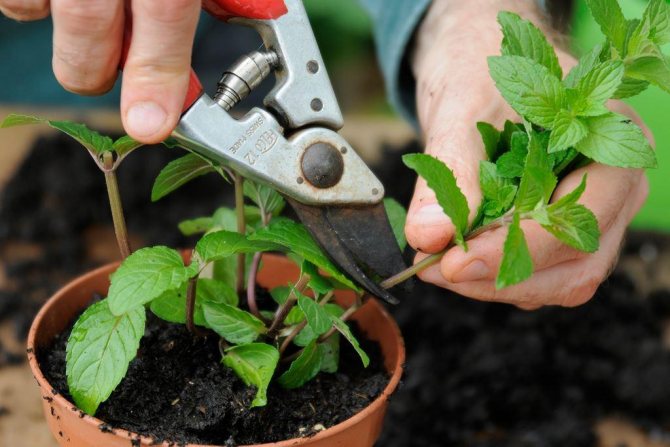

Harvesting mint for storage
As soon as the stems reach a length of 15-18 cm, the mint can be cut, observing the following guidelines:
- To stimulate the growth of lateral branches, leaves are cut off, growing at a distance of 1.5-3 cm from the stem.
- Long stems are cut by no more than a third, since a cut at the root can provoke a growth arrest.
- Blooming mint redistributes all the nutrients from the bush to the inflorescences, therefore, during this period, it is recommended to cut off the tops 1-2 cm above the branching point of the main and lateral stems.
The cut crop is stored in a refrigerator in a container with holes for ventilation, frozen or dried in the shade in the air.
Outdoor planting
Mint prefers light, loose and fertile soil. In heavy and clay soils, as well as in places with stagnant moisture, the grass does not take root or grows very poorly. The plant is well suited to sandy loam or loamy soil, rich in humus. The optimum level of soil acidity is 6.0 - 7.0.
Before planting, the soil must be well dug up and the area must be cleared of weeds. You need to try to get rid of the weeds immediately so that their root system does not interfere with the rooting of mint.
To enrich the soil with elements useful for growth, during the digging process, the following fertilizers must be added to the soil per 1 sq. m:
- humus - 3 kg;
- superphosphate - 15 g;
- ammonium nitrate - 15 g;
- potassium chloride - 15 g;
- wood ash - 30 g.
To prevent the plant from growing, you can put stops by digging sheets of slate or iron into the ground to a depth of 30 - 40 cm. As a result, the root system of the plant will be within the fence and will not interfere with the growth of other crops.
It is necessary to limit the spread of roots in the soil when mint is planted in a flower bed for decorative purposes. If this is not done, the grass will very soon fill the free space and begin to displace the flowers. To make the mint look aesthetically pleasing and not interfere with the growth of other plants, it can be dug into the flower bed along with a pot that will limit the spread of roots, and the bush will have a neat appearance.
To make the beds with mint look neat, and the plants are thick and low, 10-15 days after planting the seedlings, you need to pinch the tops. Correct pinching is carried out when the plant has reached 20 - 25 cm in height.
There are several ways to plant mint:
- Seeds are sown in early spring. Furrows are made on the site with a depth of 5 millimeters. The planting material is slightly pressed and covered with a small layer of soil with the addition of humus. After that, it is recommended to cover the planting with foil. The planted seeds are periodically aired and watered. If these rules are followed, the first shoots should appear in 2.5 weeks. The comfortable temperature is 23 degrees.
- Root or stem cuttings are used for propagation. Reproduction is carried out by stem cuttings. A process equal to 8 centimeters is cut from the plant. The stalk can be placed in water until the roots appear, or planted in the sand. Sprouted cuttings with roots of 9 centimeters are deepened into the soil by 5 centimeters, the distance between them is 15 centimeters. Reproduction is practiced using root cuttings. Each cutting should have at least one bud and 4-5 leaves. The separated stalk is immediately planted in the prepared hole and sprinkled with earth.
- Planting is carried out by dividing the bush. An adult plant is dug up along with the roots and divided into parts. It is important that each part has a bud and shoots with regrown roots.
You can also transplant seedlings grown at home to a permanent place:
- Initially, the seeds are germinated by wrapping them in a damp cloth. In this form, the seeds are kept in a warm room for several days.
- As soon as the first shoots hatch, the seeds are planted in containers with soil to a depth of 6 millimeters.
- The containers are covered with foil for 6-7 days.
- After the emergence of sprouts, the strongest of them are transplanted into separate containers and removed to a cool room.
- The hardened sprouts are transplanted to a permanent place.
After planting on open beds, continue caring for the plant. To make the bushes lush, pinch the tops at a height of 24 centimeters. If the flowers are constantly removed, then the best growth of green leaves occurs.
Possible problems
Often, due to improper care, mint becomes covered with dark rusty spots, the appearance of which can provoke excessive moisture in the soil and air, lack of heat, drafts, and excess nitrogen in the soil. The damaged parts of the plant are cut off, the rest are sprayed with fungicides. The processed greens are soaked in cold water for at least half an hour before use.
Transplanting a plant from a garden plot into a pot without first washing the roots can provoke infection with various diseases. One of the most common is mealy growth, covering the leaves with a whitish bloom. Spraying with a 1% solution of colloidal sulfur allows you to get rid of a fungal infection.
For your information! It is not uncommon for the leaves to appear brownish-brown spots, satellites of anthracnose and septoria, which can be eliminated by four-time treatment with 1% Bordeaux liquid.
Planting in untreated soil can provoke damage to such small insect pests as mint flea, scale insect, mint mites and leaf beetles, leaving behind gnawed leaves in several places.
You can brew refreshing, tonic tea and prepare fragrant desserts with fresh mint leaves all year round by growing mint at home in a pot on a windowsill. The main thing is to provide it with regular moderate watering and a sufficient amount of heat and light.
Diseases and pests
Among the common pests of mint are the flea beetle, leaf beetle, aphids and ticks. You need to deal with pests immediately after they appear. To understand that pests have appeared on the bushes will turn out in appearance. The leaves become yellow, wither, holes appear on the leaves.
The bushes are treated with "Karbofos" for flea beetles. Processing is carried out in the fall, after cutting the stems. If a leaf beetle appears on the plant, then this indicates waterlogging of the soil. To remove it, you need to limit the number of waterings. From aphids, the bushes are sprayed with soap or soda solution.
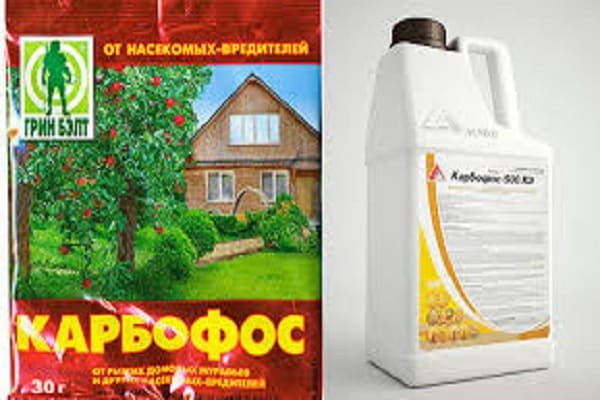

In addition, the bushes are often affected by powdery mildew. The disease manifests itself in the form of a characteristic white bloom. To prevent the development of powdery mildew, seedlings should not be planted close. And if the disease has already appeared, then the plants are sprayed with colloidal sulfur.
Mint is sick with rust. The first sign of appearance is the spread of crimson spots on the leaves. It is impossible to save the culture from rust. If the disease has already appeared, then the bushes are cut and burned. The soil is dug up in the fall, and then treated with potassium permanganate or iodine solution.
